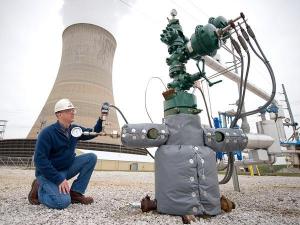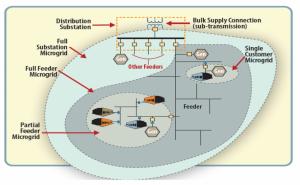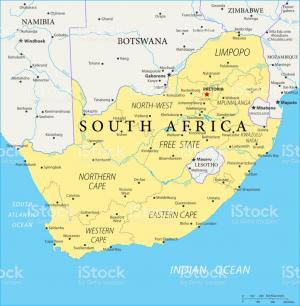September 5th, 2019
Please join the Center for Climate and Energy Solutions (C2ES) for the release of a new report,“Carbon Utilization: A Vital and Effective Pathway for Decarbonization,” and a discussion hosted by the United States Energy Association (USEA).
August 7th, 2019
The Internal Revenue Service recently closed the comment period on implementing regulations for applying "Section 45Q" enhanced tax incentives for the geological storage of carbon dioxide and its use in enhanced oil recovery. Please join us as we review current research on Carbon Capture Utilization and Storage (CCUS) technology and the policy and project implications for using 45Q tax credits.
The program will consist of the following:
John Litynski, Deputy Director, Advanced Fossil Technology Systems - Update on DOE CCUS Research
July 23rd, 2019
Challenges of a Flexible Future: Coal Generation as a Tool for Grid Flexibility and Stability
June 27th, 2019
Carbon Capture, Utilization, and Sequestration (CCUS) is considered by many to be a problem solver for carbon-based energy industries in an increasingly climate-constrained world. The cost of these technologies has deterred many companies and organizations from implementing CCUS systems. The technology coupled with the 45Q tax credit encourages the energy industry to reduce carbon emissions and remain economically competitive.
June 26th, 2019
Graphic courtesy of the U.S. Department of Energy
June 27th, 2019
Image by Tumisu from Pixabay
May 22nd, 2019
The Integrated Resource Plan released in August 2018 calls for a significant increase in renewable energy. To support the increase in intermittent resources, South Africa’s state-owned utility Eskom has unveiled its Distributed Battery Storage Program and environmental and social management framework study (ESMF), committing to solar-plus-storage and energy storage projects totaling 1,400MWh. The plan calls for storage in all nine provinces and has two phases of development and construction.
May 30th, 2019
Regional economic impacts are a critical piece of the decision making process surrounding carbon capture, utilization, and sequestration (CCUS) implementation. Integration of carbon capture technologies with the existing coal fleet not only helps to ensure the longevity of an existing industry, jobs are created at the capture plant during the construction and operational periods. A significant number of jobs are created during the construction period, which results in additional job creation through indirect and induced effects.
Pages







